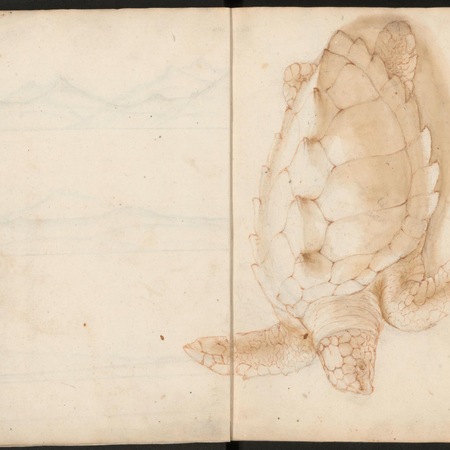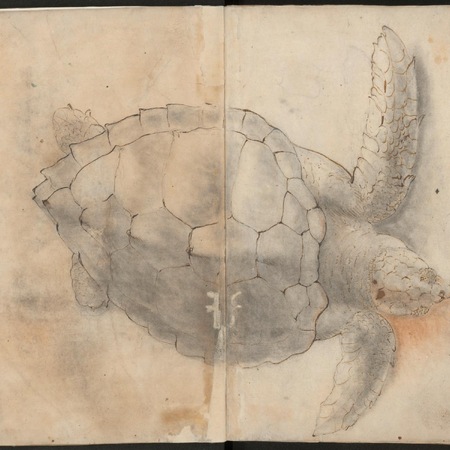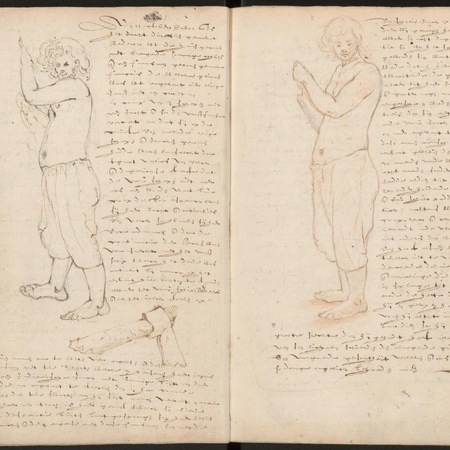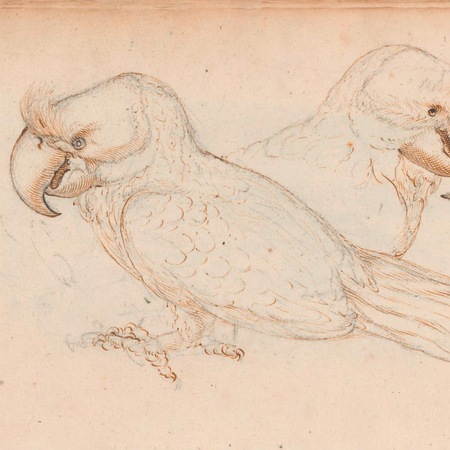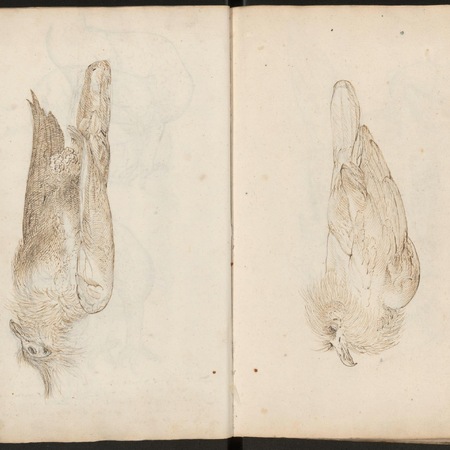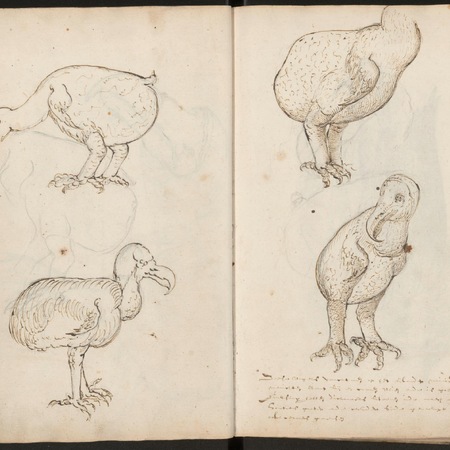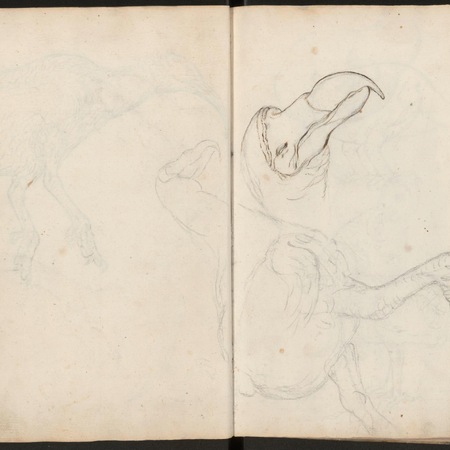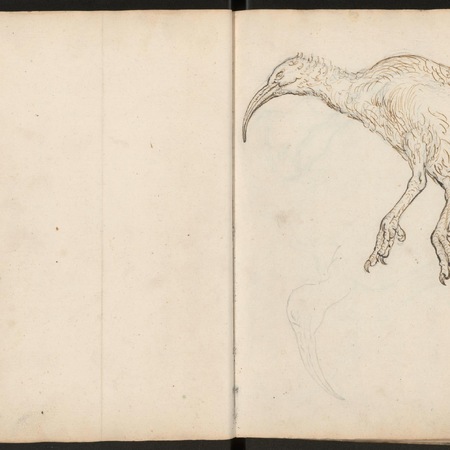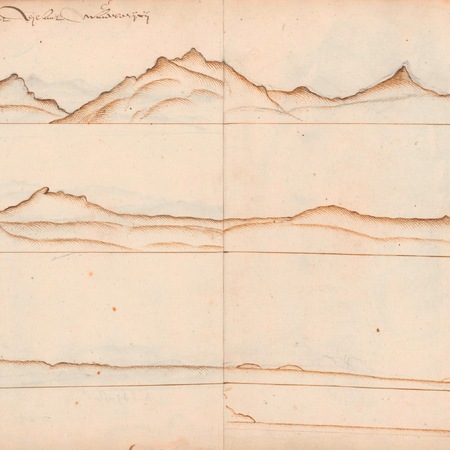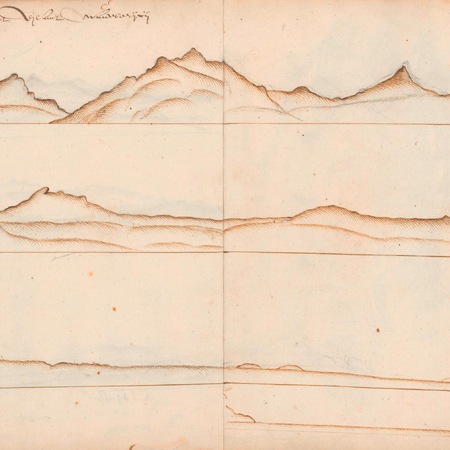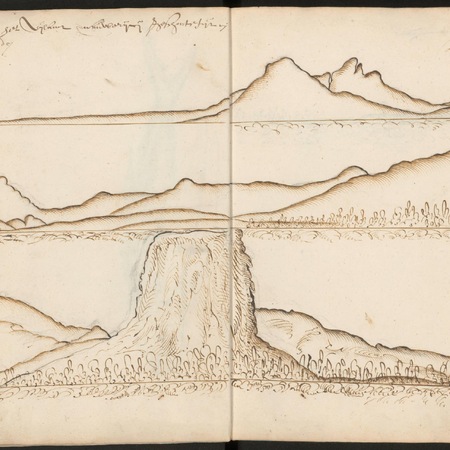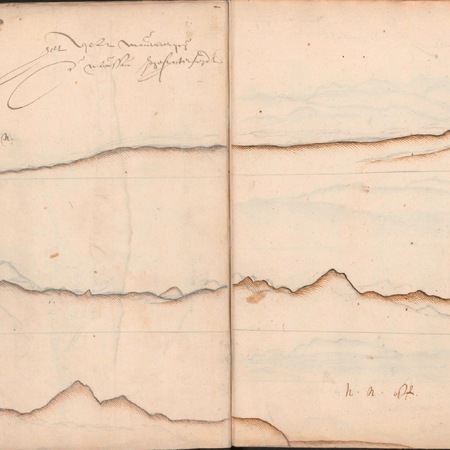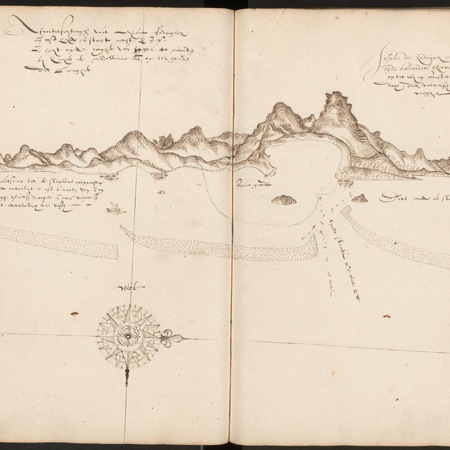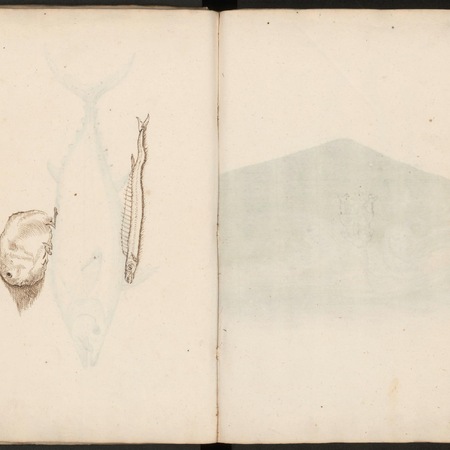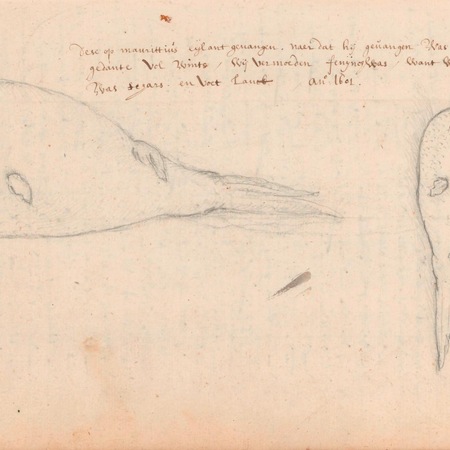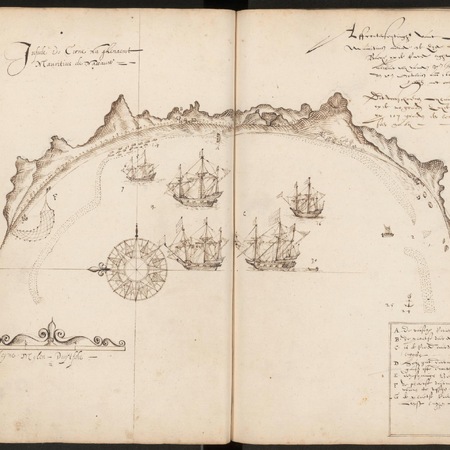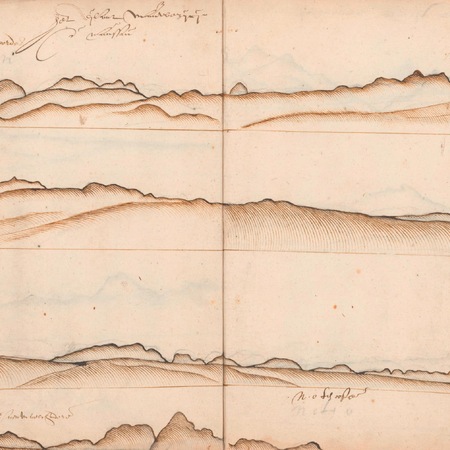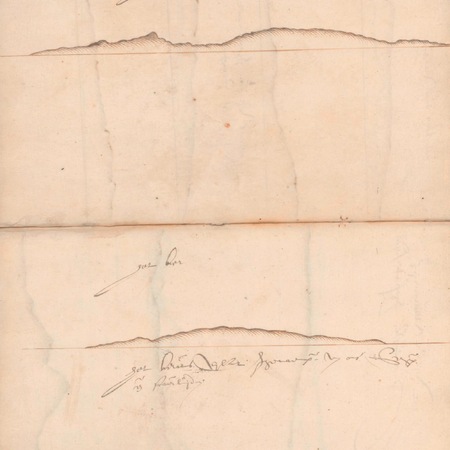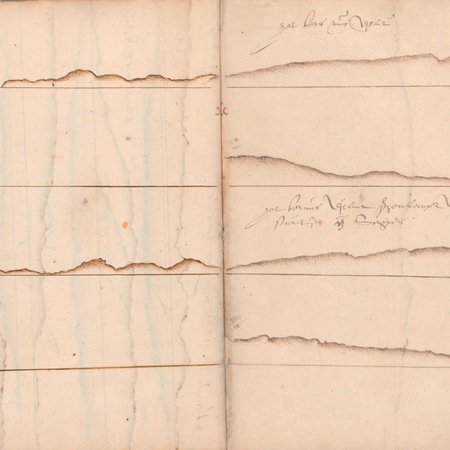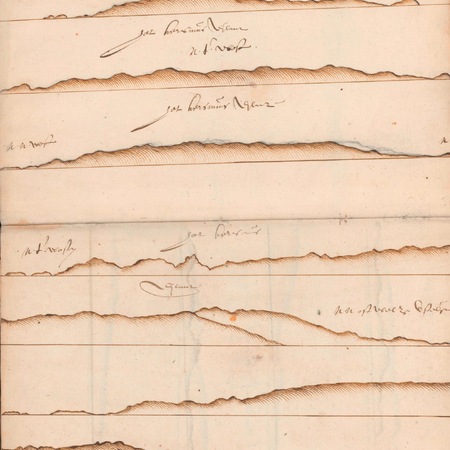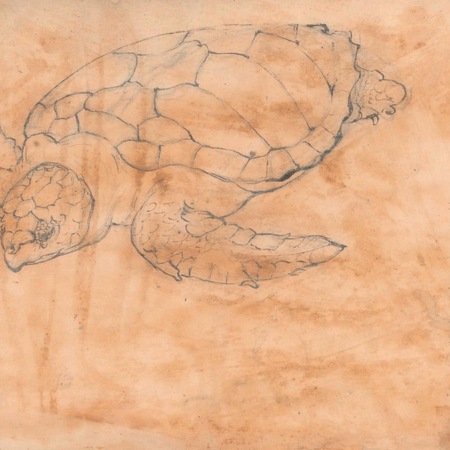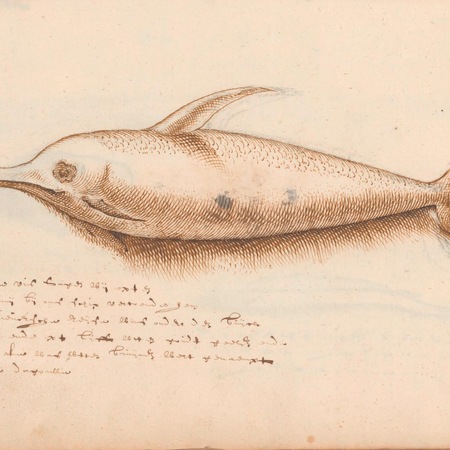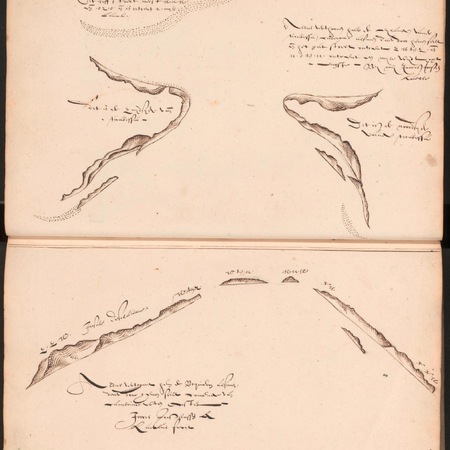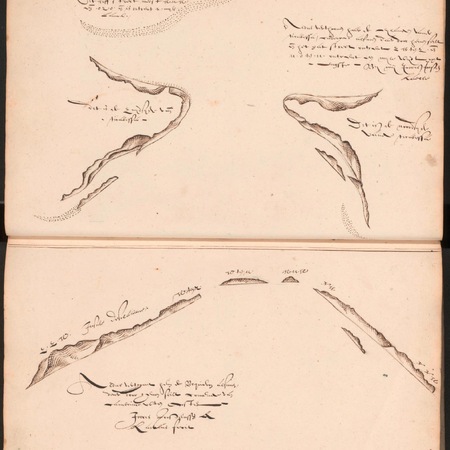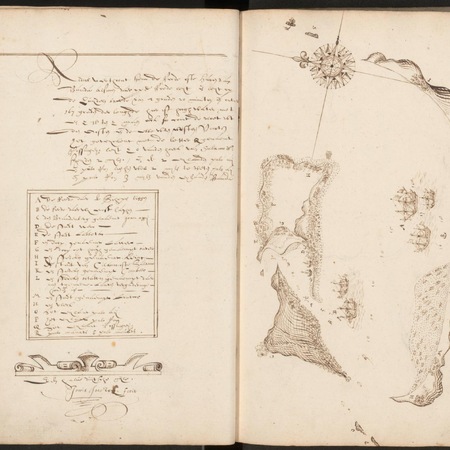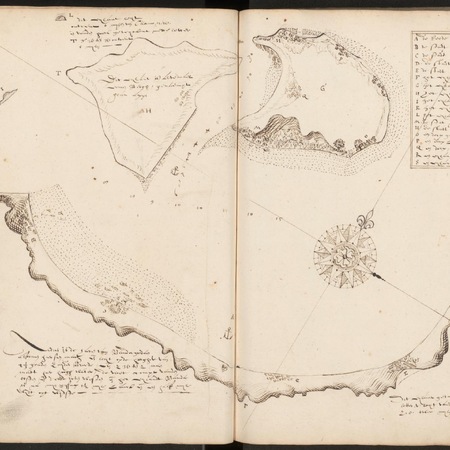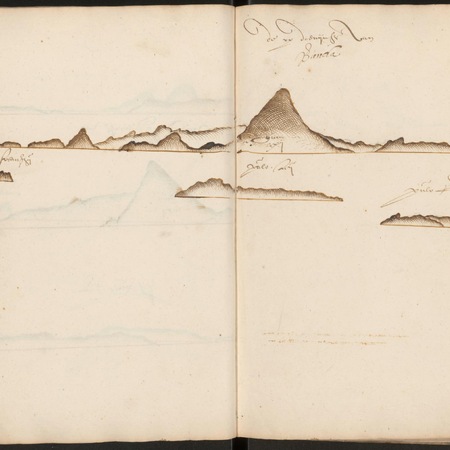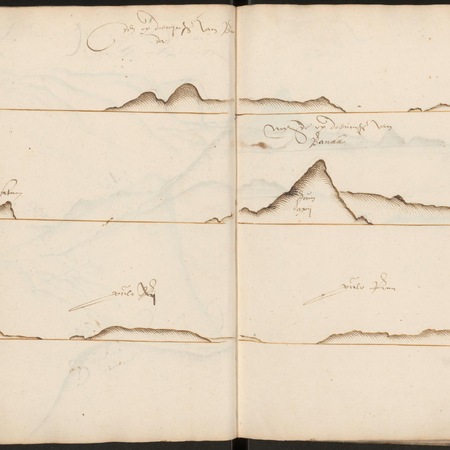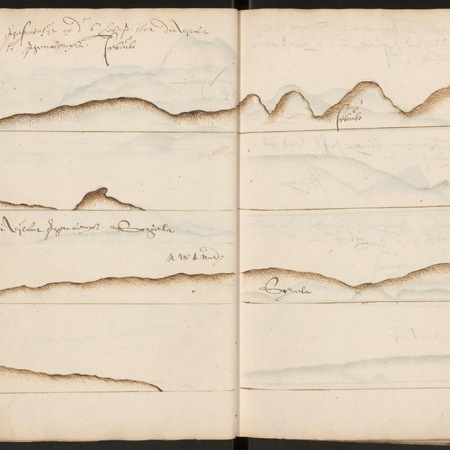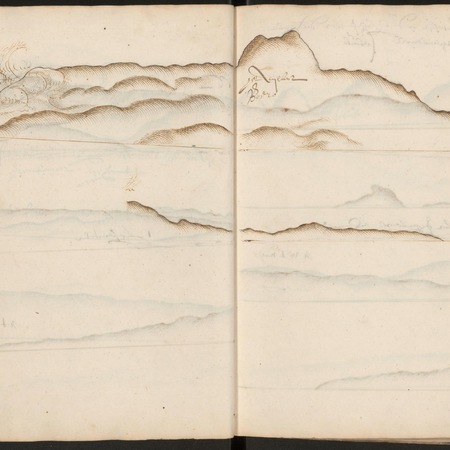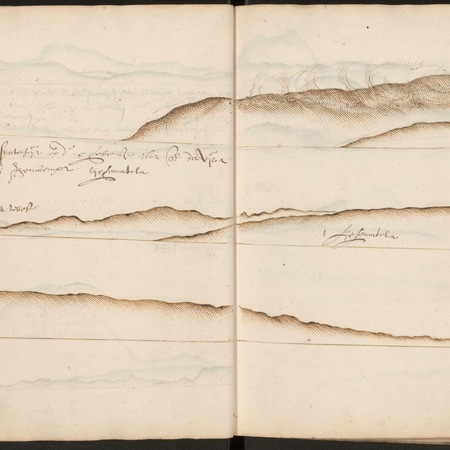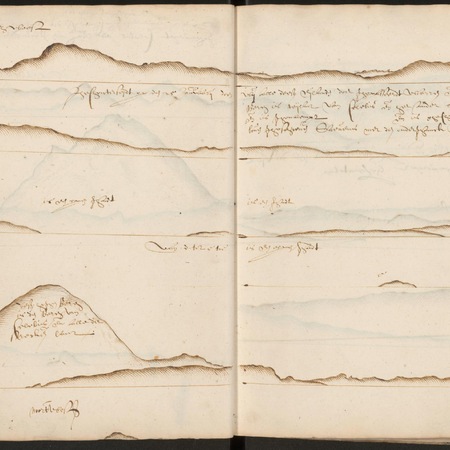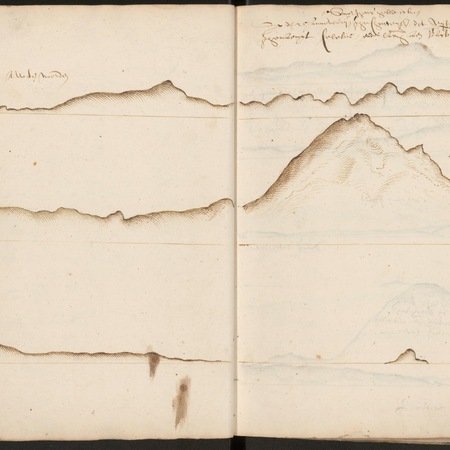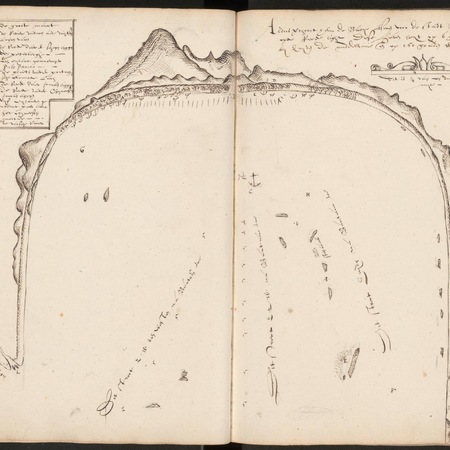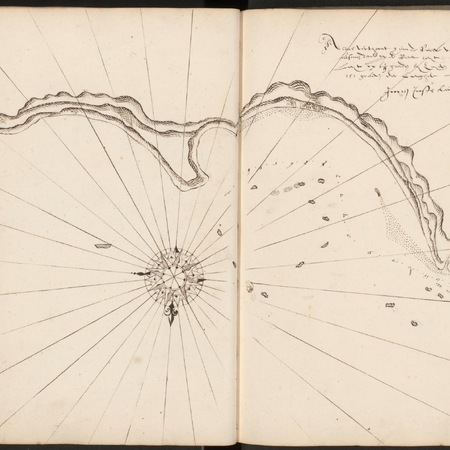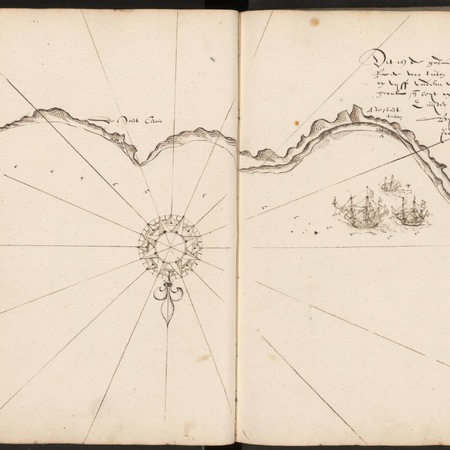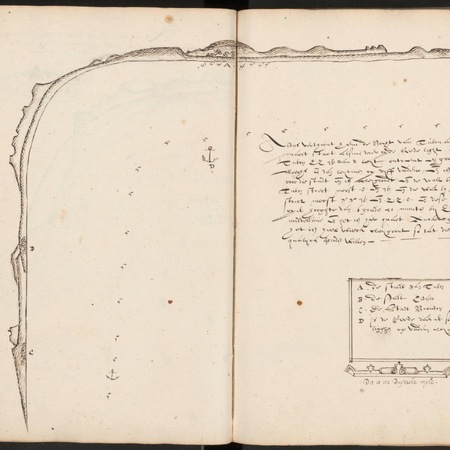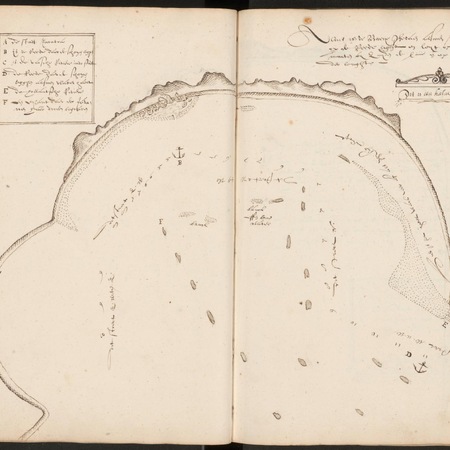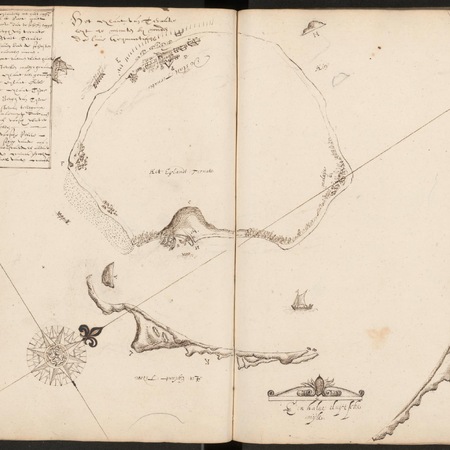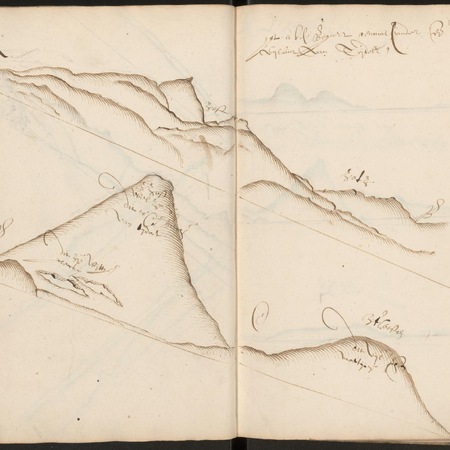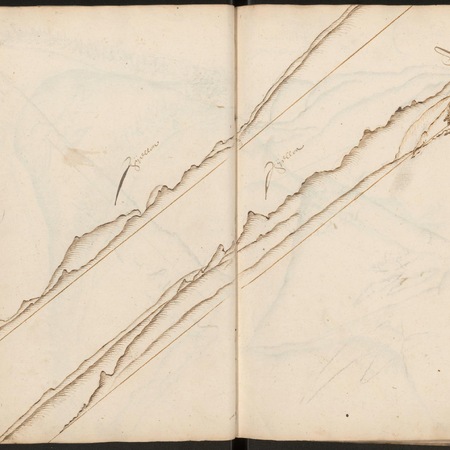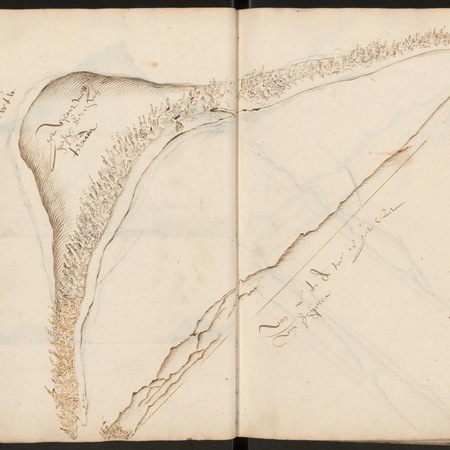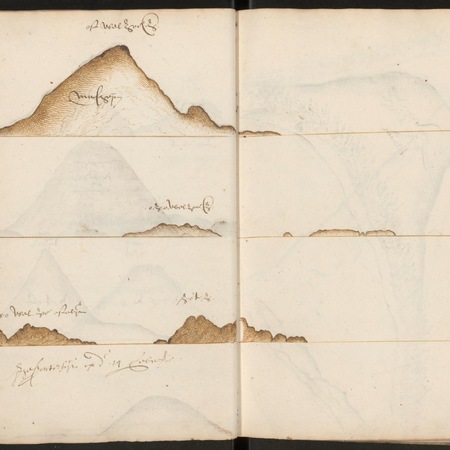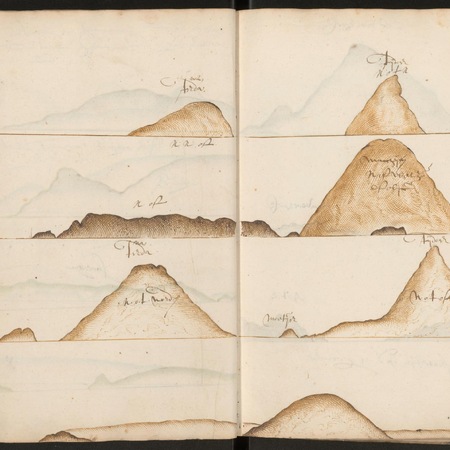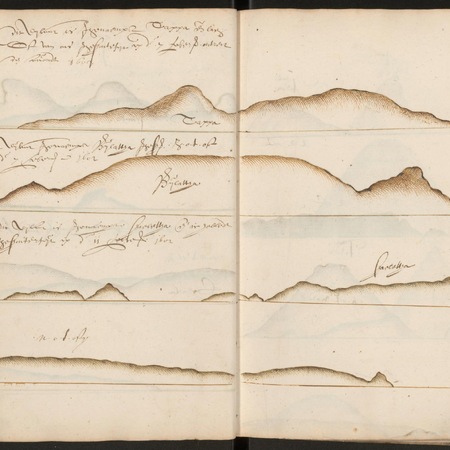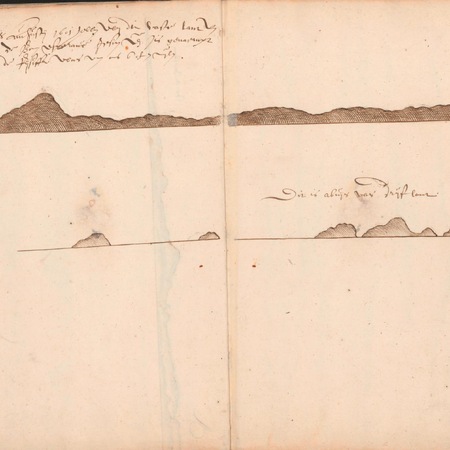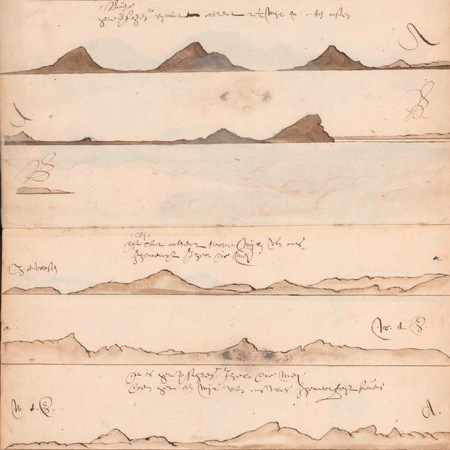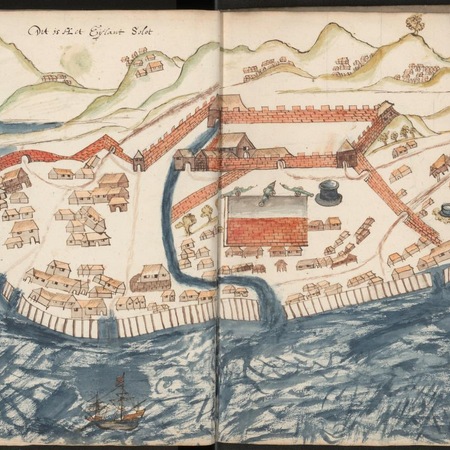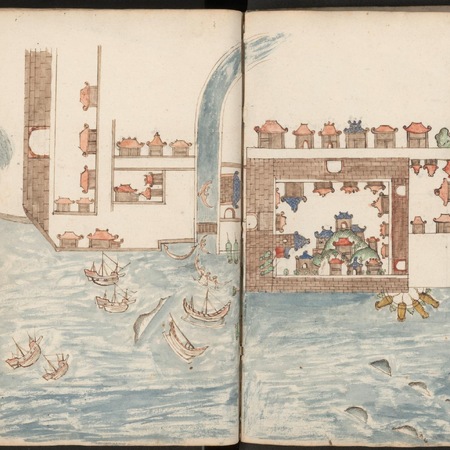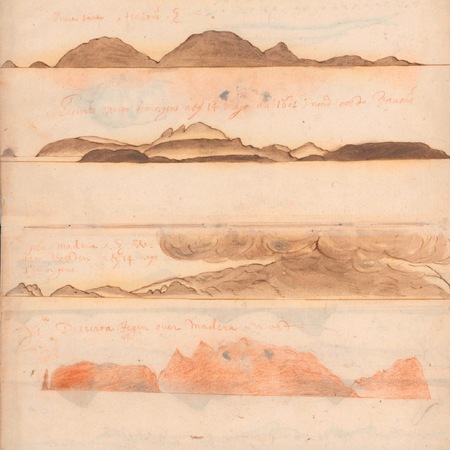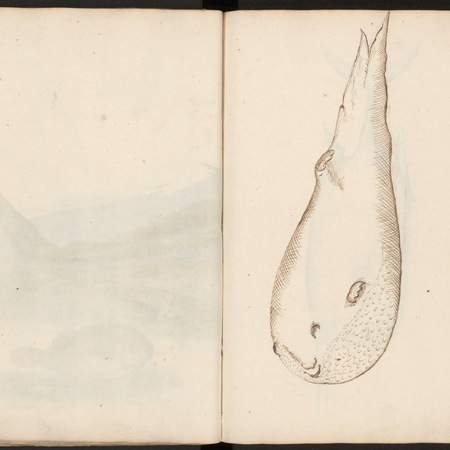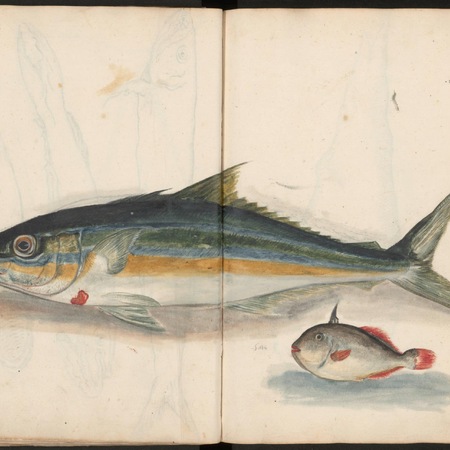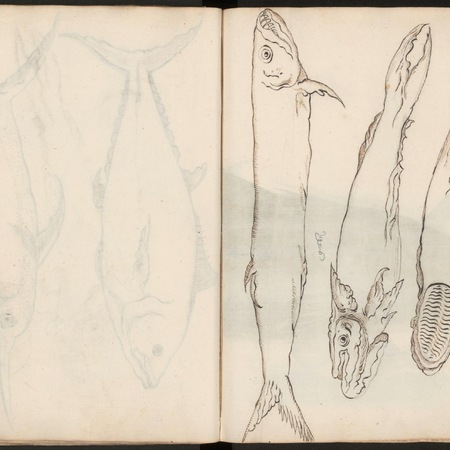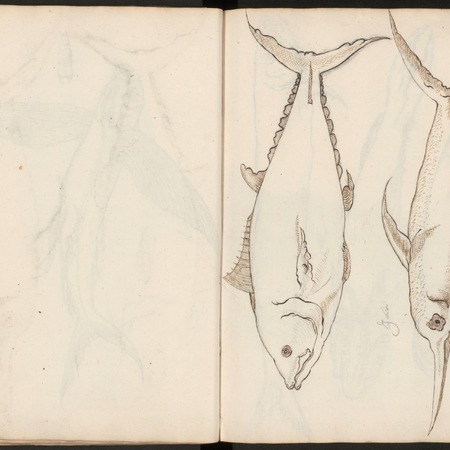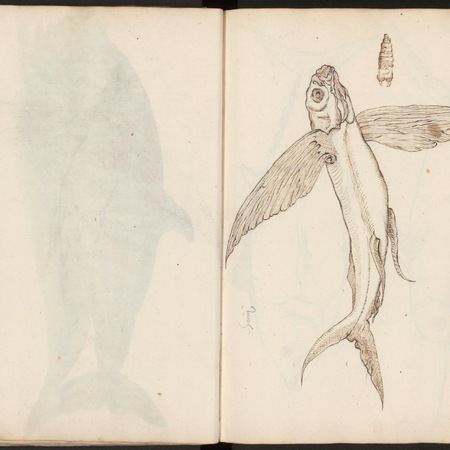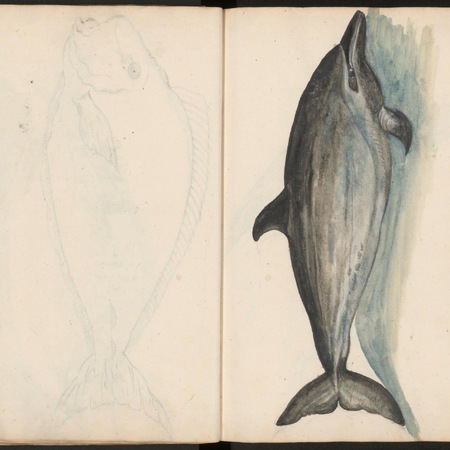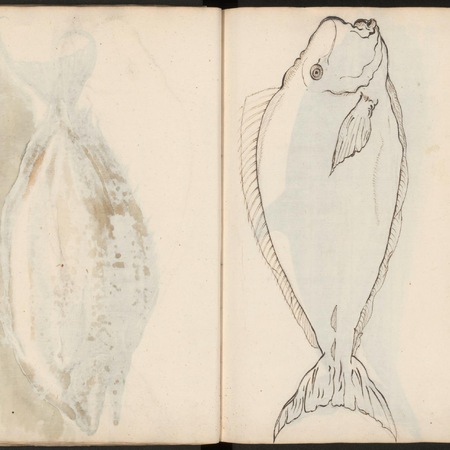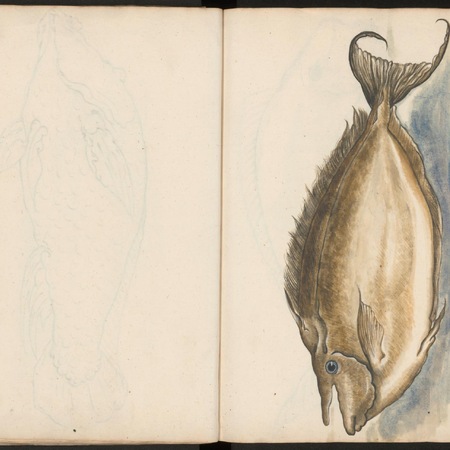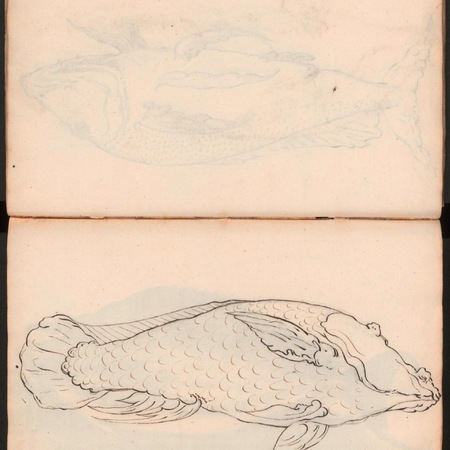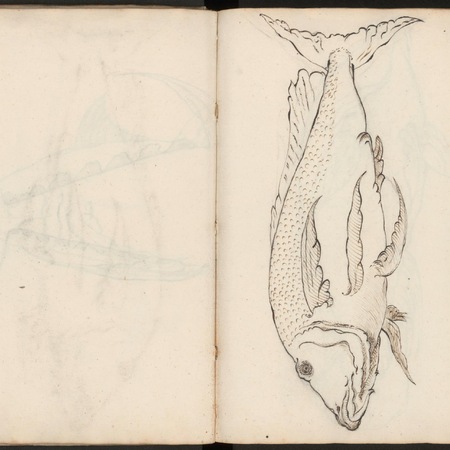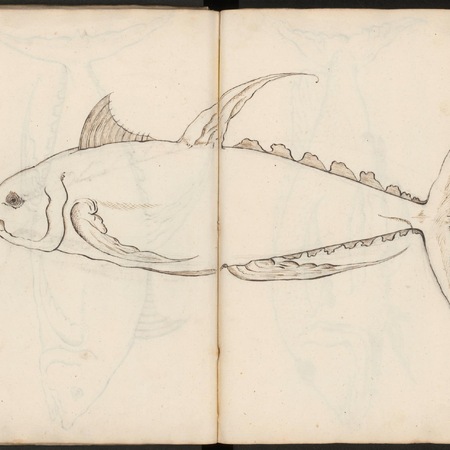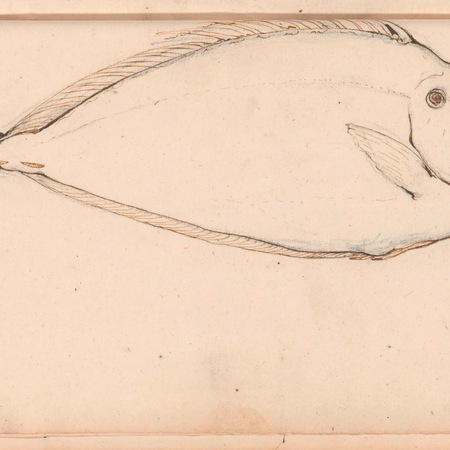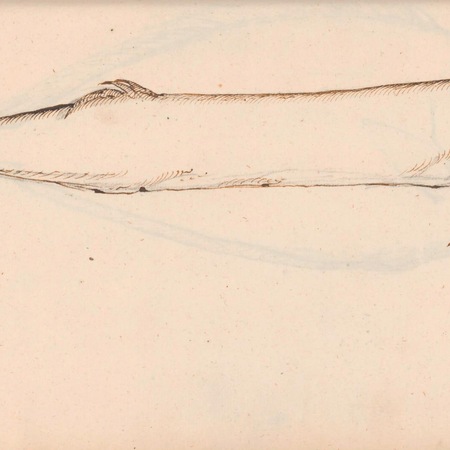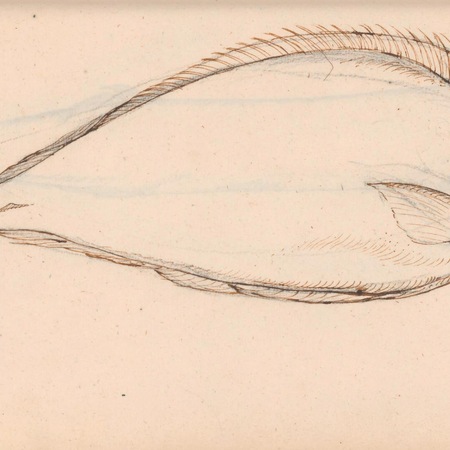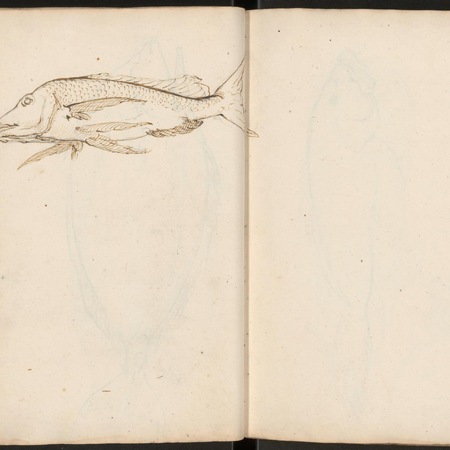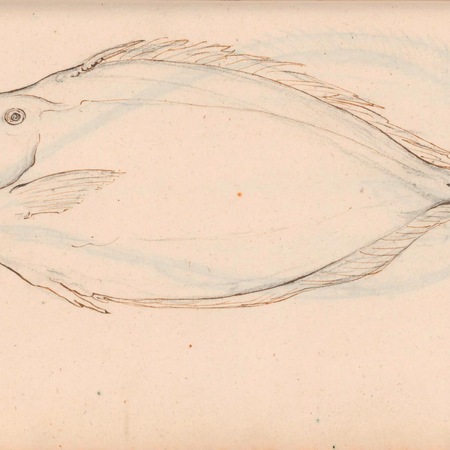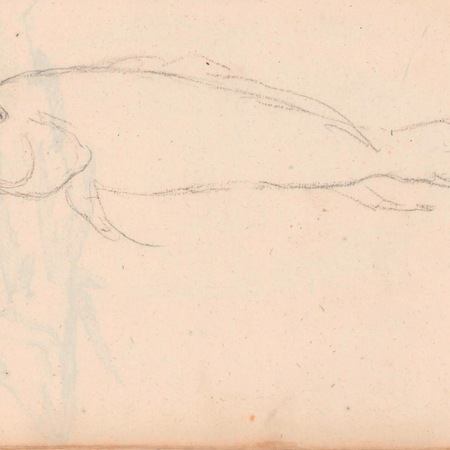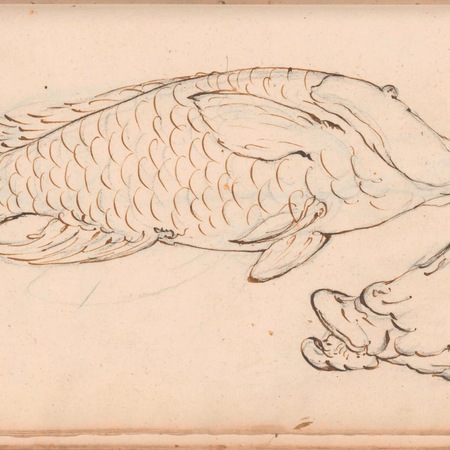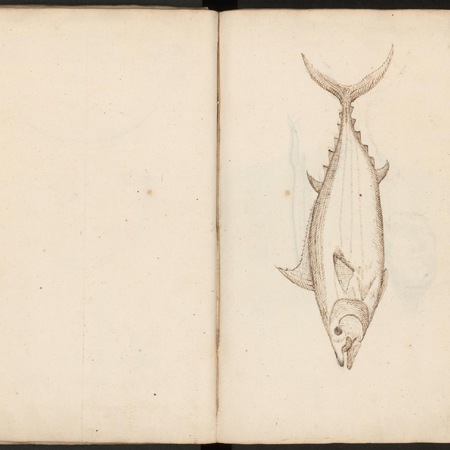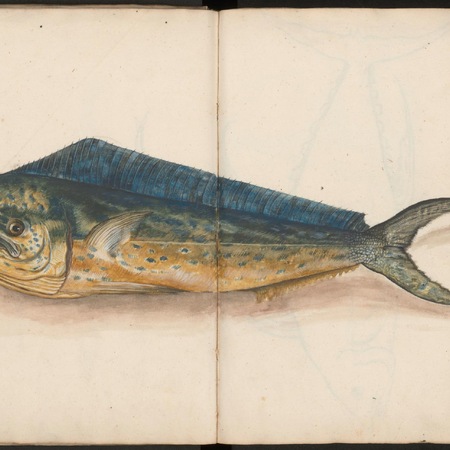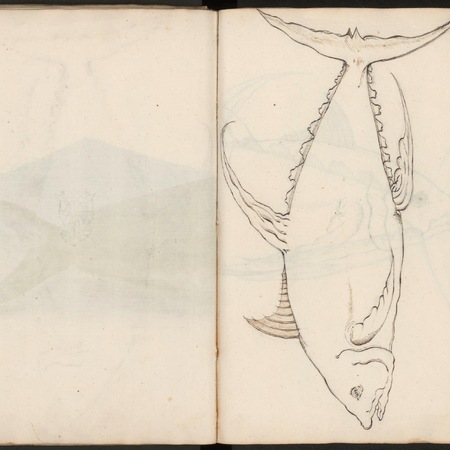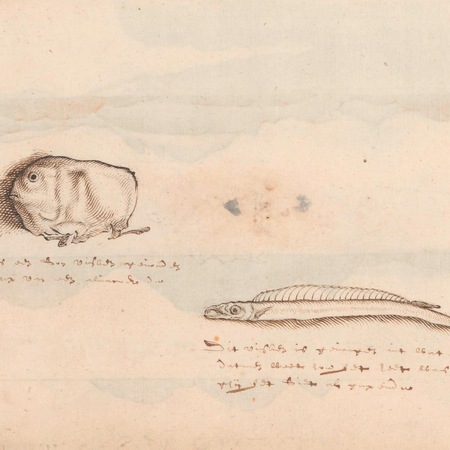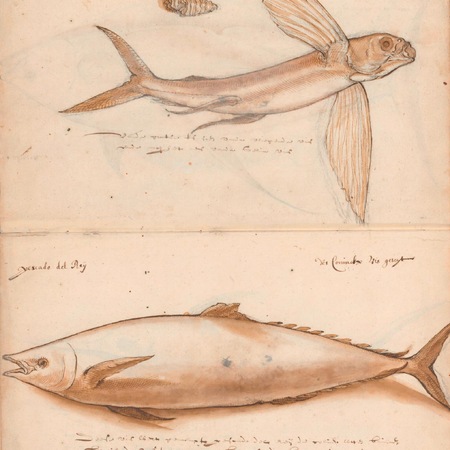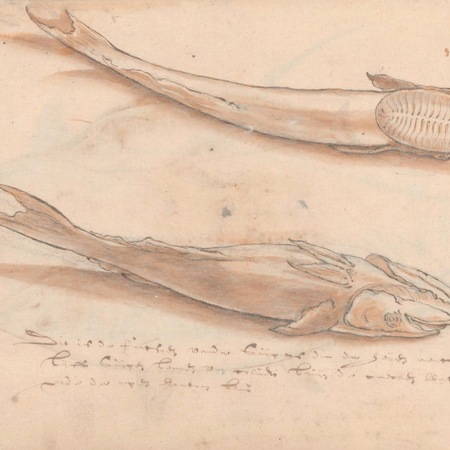On 23 April 1601 two fleets of ships together known as the Fifth Expedition to the East Indies departed from the Dutch Republic. The goal of the fleets was to sail to Aceh, on the northern edge of the island of Sumatra, and to the Moluccas. In May the fleets split off and followed their own course to Southeast Asia. Here we follow the Moluccan fleet under the command of admiral Wolfert Harmensz. The fleet consisted of the ships Gelderland, Zeelandia, Utrecht, Wachter and Duifje. The goal of the Moluccan fleet was to continue the highly profitable trade in that region that was pioneered by the Second Expedition of 1598-1600. The Second Expedition had acquired nutmeg and cloves in the Banda islands and Ternate and made friendly agreements with the Sultan of Ternate. Harmensz. was tasked with sailing to Bantam and from there to continue swiftly to the Moluccas, where new trade and agreements were to be made at Banda and Ternate.
The fleet first sailed past the coast of Brazil and then continued to South Africa to sail into the Indian Ocean. Because many among the crew suffered from scurvy the expedition decided to sail to Mauritius. This island near had first been visited by the Dutch during the Second Expedition. At the time it was identified as a great place to restock on fresh supplies of food and water. It was also home to several indigenous birds, including the dodo, which proved an easy to catch meat supplement to the crew’s diet. After remaining at Mauritius for about a month, the expedition continued to sail to their first stop in East Indies: Bantam, a sultanate on the west coast of Java.
At Bantam the fleet encountered a large Portuguese armada consisting of 30 ships. The Portuguese were determined to not let the Dutch break their strong position in the East Indies. Despite being severely outnumbered, the Dutch resolved to attack soon after arriving. Several fights and skirmishes eventually led to a Dutch victory. The Portuguese lost several ships and withdrew from Bantam. Rather than remaining in Bantam to trade there, the ships continued swiftly to the Moluccas. At Ternate, they found little trade due to poor harvests, but at Banda the Dutch managed to purchase plenty of spices. After completing their trade at the Moluccas, the fleet returned to Bantam and from there sailed back to the Dutch Republic.
